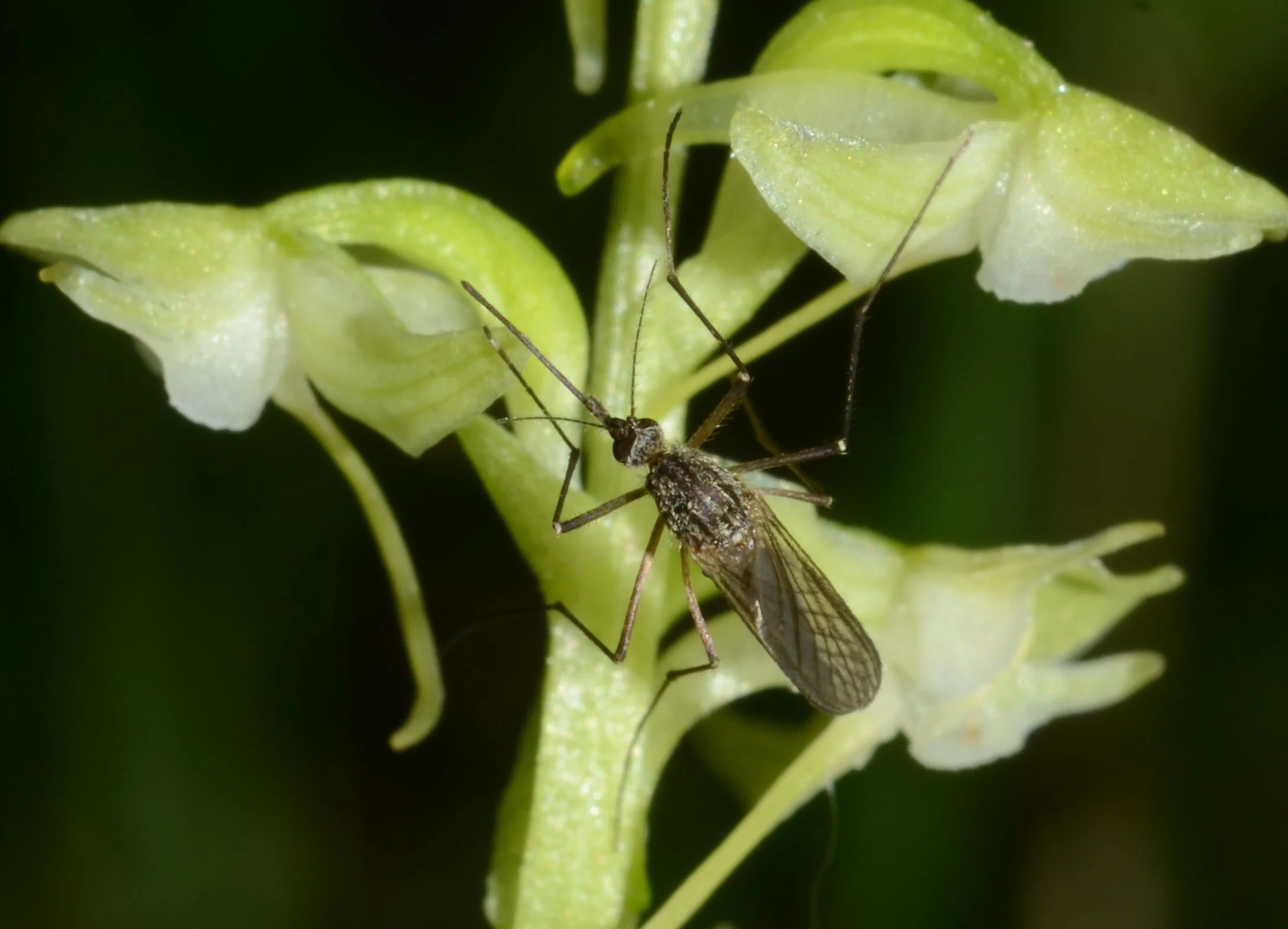Flowers are essentially billboards. They are saying to potential pollinators "hey, I'm full of energy-rich food and totally worth visiting." However, flowers are costly to produce and maintain. Reproduction isn't cheap, which has led some plants to take a more cost effective rout. In the genus Hydrangea, this means producing large, showy sterile flowers that draw attention to their smaller, less gaudy fertile flowers.
These sterile flowers are technically colored up sepals. They don't produce reproductive structures or pollen. They are simply calling cards to insects that food is nearby. In the wild, Hydrangeas produce relatively few of these sterile flowers. Apparently it doesn't take much to draw insects in. The horticultural trade has shifted this balance to an obscene degree. When you look at a cultivated Hydrangea with its giant pom-pom looking corymb you are looking at a sterile structure that offers little if anything for pollinators.
This is a shame really because wild Hydrangeas are quite a boon for insects. Everything from beetles to bees visit their flowers. From the moment they open until the last one is fertilized, these shrubs are buzzing with activity. If you have the choice of a native Hydrangea over a cultivar, consider planting the native instead. You and you local pollinators will be happy you did. Here in North America there are at least four to choose from - the smooth Hydrangea (Hydrangea arborescens), the ashy Hydrangea (Hydrangea cinerea), the oakleaf Hydrangea (Hydrangea quercifolia), and the silverleaf Hydrangea (Hydrangea radiata). All of these occur east of the Mississippi and are largely denizens of the southeast.
Further Reading: [1]


